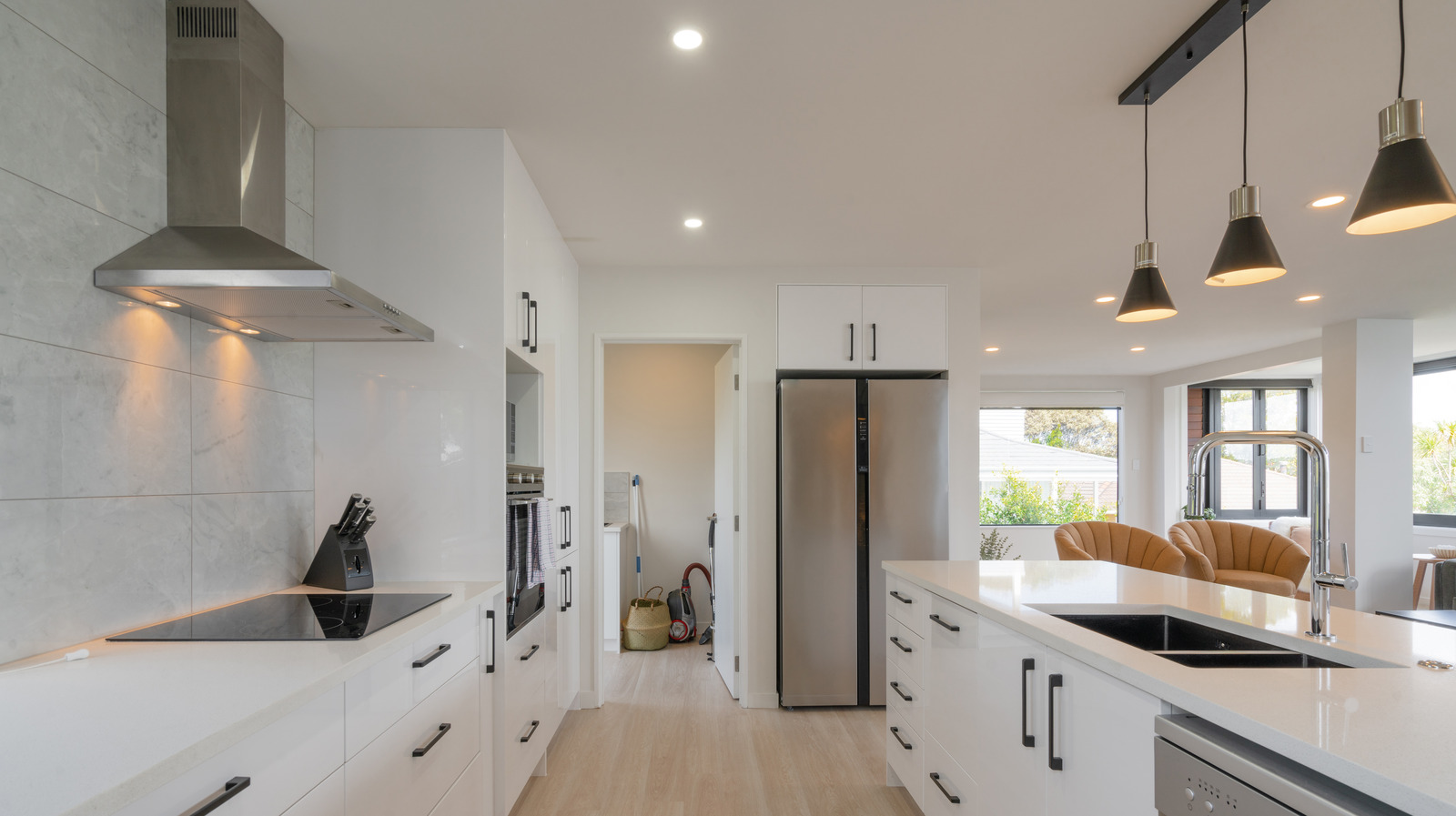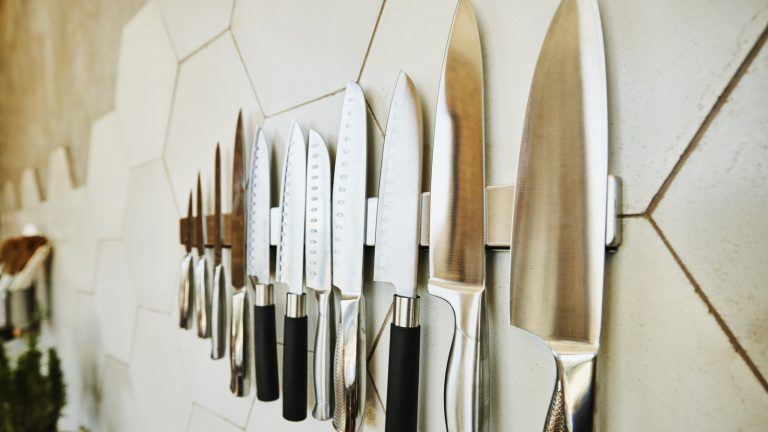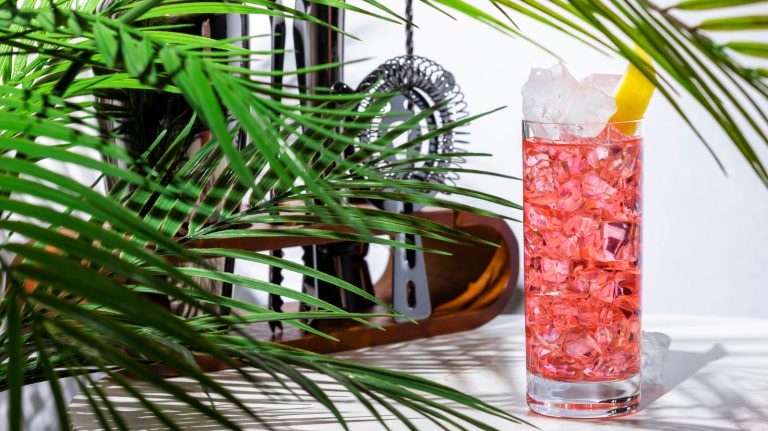We may receive a commission on purchases made from links.
When you enter the kitchen, you do not usually think about the lighting, but rather automatically flip the switch on before you start cooking. Lighting is often an afterthought, but it creates a significant impact on the kitchen space. Good lighting aids in everything you do, whether chopping vegetables, mixing batter, or even cleaning up after a meal. In many kitchens, there is just one overhead ceiling lamp to illuminate the area. Despite being the most common design, it turns out to be one of the biggest lighting mistakes in the kitchen, especially if it’s placed behind your back.
When the overhead light is at your back as you use the counter or the stove, it often becomes blocked by your body. This results in the light illuminating only a portion of your working area, making it more difficult to see what you are doing, particularly when slicing, measuring, or reading a recipe. Not only that, a bright overhead bulb provides lighting that can look somewhat jarring, especially if it is a white light.
Areas with poor kitchen lighting can not only be unpleasant, but they are dangerous as well. When the overhead light is at your back, you’re working under your own shadow which exposes you to the risk of knife slips and cuts. It can be challenging to cook and difficult to tell if a batter has reached the right consistency. One bright, central lamp could give the illusion that the room is well-lit, but unfortunately, it does not reach those areas where you want clarity the most.
How to work with an existing overhead ceiling light
This does not imply that you have to do away with your overhead light. It is still a good idea, however, to consider it more of a background light, not the principal one. The secret to a properly illuminated kitchen is layering and diversifying. As opposed to relying on a single light to accomplish everything, especially when its hung in an inefficient area, use two or more types of lighting that emphasize particular zones where activities occur.
An excellent, easy-to-install option is under-cabinet lighting. These lights are fitted under your top cabinets and directly illuminate your countertops. Under-cabinet lighting clears those annoying shadows cast by an overhead light at your back and provides you with a clear illumination of the prep area. For example, the McGor 2-pack rechargeable motion sensor light strip on Amazon is wireless and has five different light settings to select from, depending on the ambiance you want to create.
Another solid choice for a kitchen lighting fixture is a pendant light, especially when placed over an island, sink, or the dining room table. These can function more as a stylish statement piece with soft lighting, or still offer bright light for kitchen tasks, depending on the style. For a pendant light that will go over an island where food prep will be conducted, pick a design where the light bulb can still easily shine down below, like the Casamotion clear glass kitchen island pendant lights. Decorative, ambient lighting for the kitchen table or a small coffee nook can be more obscure, so a chandelier style or Tiffany lamp shade would work just fine.






